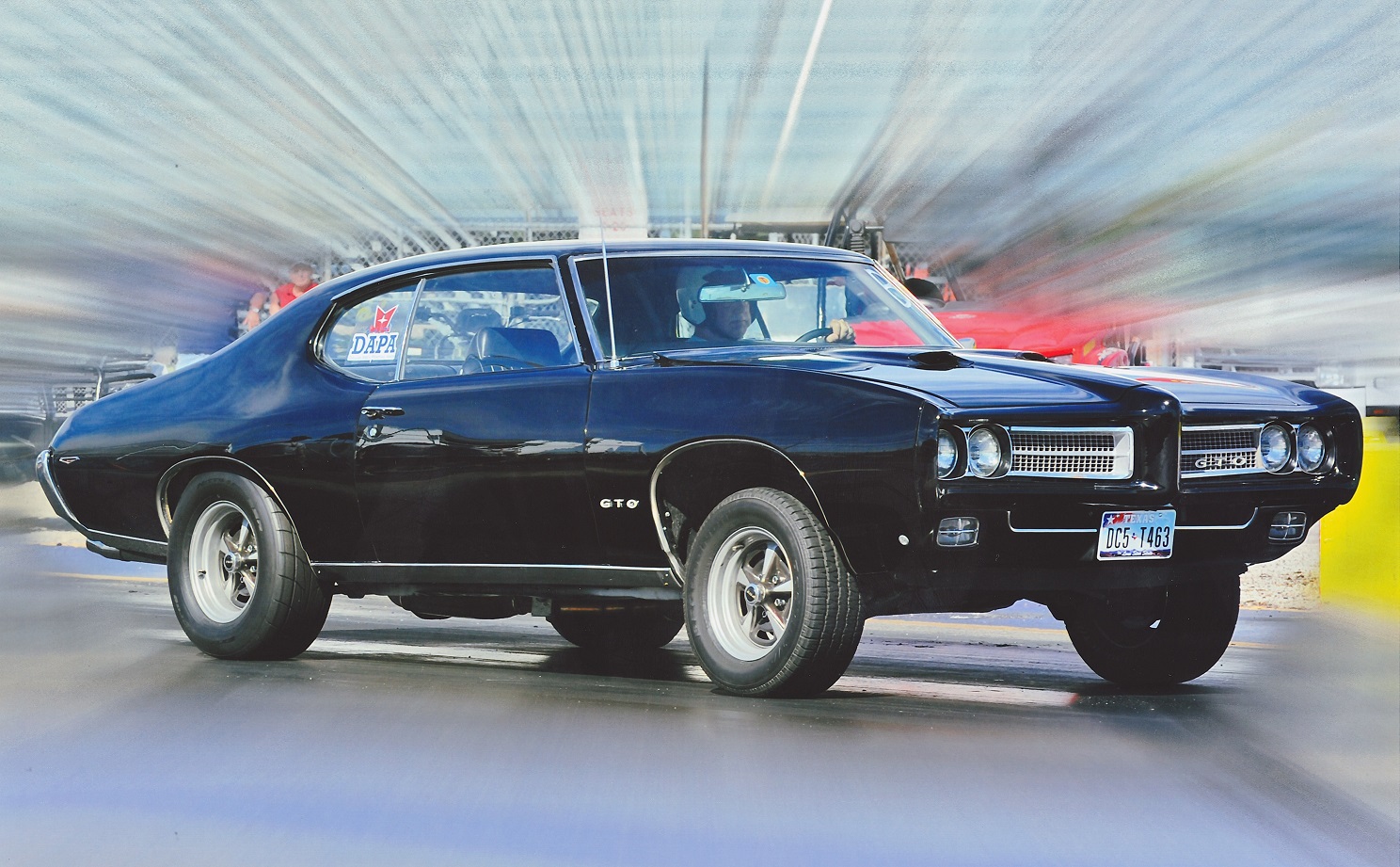Drag Racing with Jim Hand – Part 1: Introduction to the Series
- March 16th, 2010
- By D.A.P.A
- Write comment
This complete series of articles was prepared in the time period 1995-1996, and there are various references to my wagon and it’s performance. Please note that the wagon serves as a sort of test bed, and we occasionally change parts, rpm, shift points, converters, cams, etc, so driving styles, engine rpm, and especially performance may be different today. Please read these articles in that context, and if there are questions, contact me directly through E-mail. Read more

